Thanks to high-tech radar, modeling, and scanning technology that can peer through layers of dirt, rock, and jungle cover, it’s easy to think that there’s little left to be discovered in the world of archaeology. But the discover of an ancient Mayan city roughly the same size as the US’s National Mall in Washington, DC, shows that we haven’t found all there is to find quite yet.
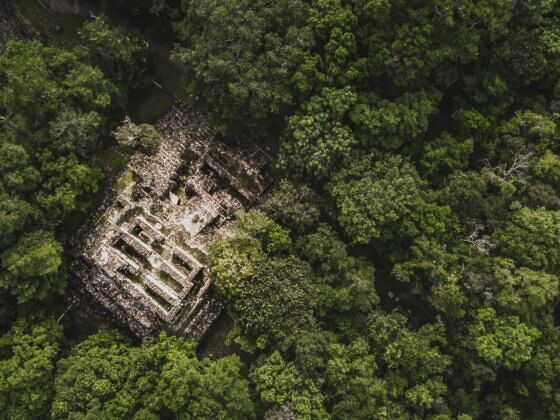

Archaeologists Just Found a Massive Ancient Mayan City in Mexico
The recent discovery of an ancient Mayan city, dubbed “Valeriana,” was published in the October 2024 issue of the Journal of Antiquity, a peer-reviewed archaeology journal. It was just one of many impressive findings found buried beneath dense jungle in Mexico’s Yucatán Peninsula and could unveil new insights into the ancient Mayan civilization. Researchers think Valeriana, so named for a nearby natural lagoon, dates from the Mayan Classic Period (250 to 1000 CE). Researchers found more than 6,600 still-buried structures and sites of note in the 50 square miles around Valeriana, making the size of the ancient community only slightly smaller than the entirety of modern-day Washington, DC.
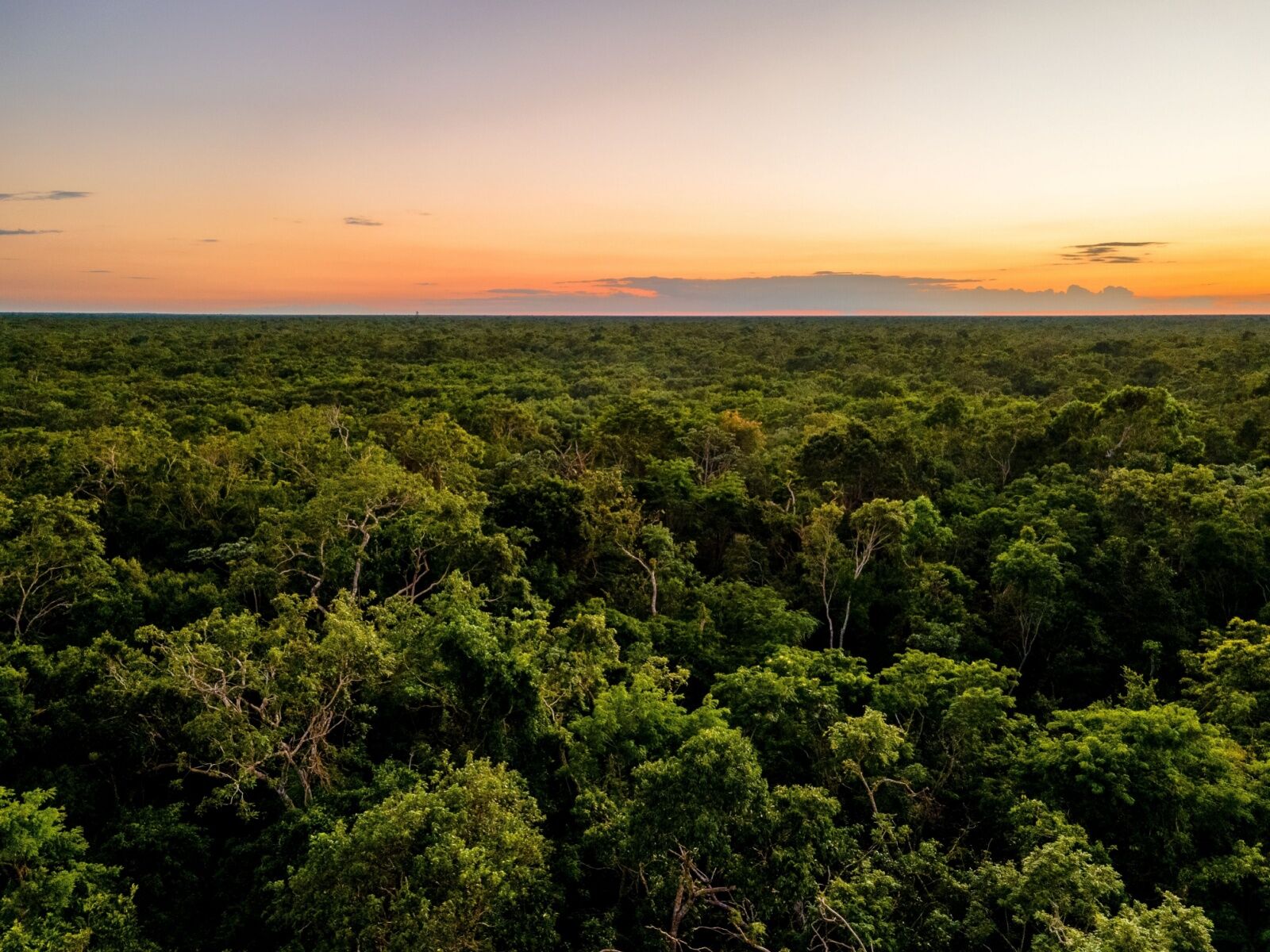
The ancient Mayan civilization thrived in Mexico’s Yucután Peninsula. Photo: mikaelT/Shutterstock
The city of Valeriana alone covers more than 120 acres, including plazas, pyramid-type structures, ball courts, and a complex of stone columns. The city’s layout suggests to researchers that it was a hub of social, ceremonial, and possibly commercial activities. The architecture also leads researchers to think Valeriana was only a small part of a larger larger society of interconnected settlements throughout the Yucatán Peninsula, as the site’s architectural features align with other Mayan cities from the Classic Period. It was likely also a site of important ceremonial practices, as the site’s tallest pyramid is close to 50 feet.
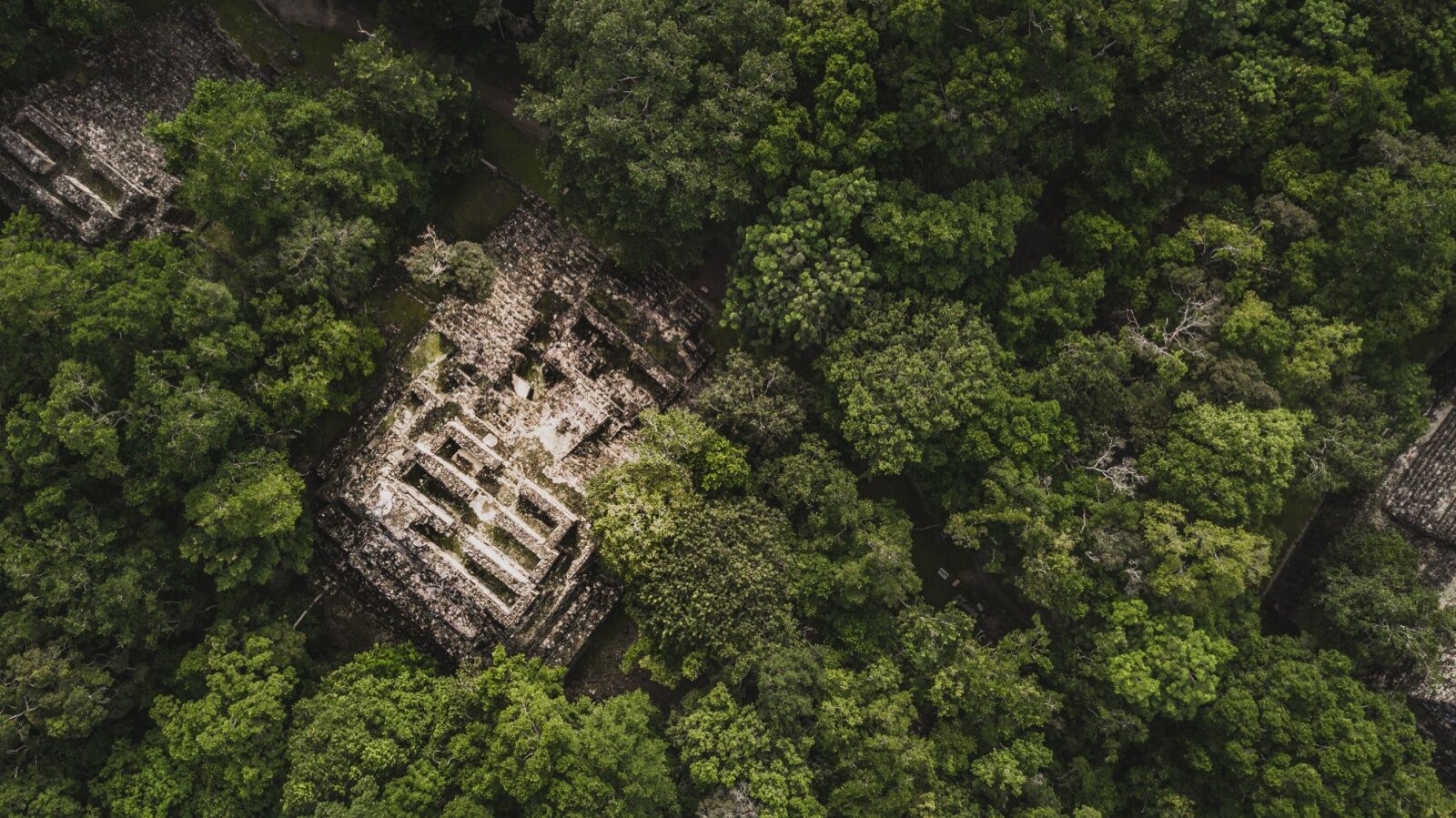
The new site sits in the jungle, not extremely far from the well-known site of Calakmul, shown here. Photo: Alfredo Matus/Shutterstock
Valeriana and the surrounding discoveries were found using LiDAR technology, which sends laser pulses from a device mounted on a plane or drone, scanning the ground below. It measures how long it takes for the light to bounce back, revealing shapes below the ground, even beneath dense forest canopies. It’s how other famous ruins have been found, including the famous Ciudad Blanca — the “cursed” city made famous by the novel The Lost City of the Monkey God.
However, while Ciudad Blanca was found by researchers actively searching for a lost city, Valeriana was not. LiDAR mapping is very expensive, especially to execute over large sections of land by plane. That makes it prohibitively expensive for most archeological projects — but not for companies in fields like technology or land development. Fortunately for lead researchers from Tulane University in Louisiana and the Instituto Nacional de Antropología e Historia in Mexico City, the section of land in question in Mexico’s state of Campeche had already been mapped by a private company. That company made the data available to the research team, which was able to import it into advanced modeling programs to generate computer maps of the site. That allowed them to see beneath the ground, revealing the human-made structures underneath.
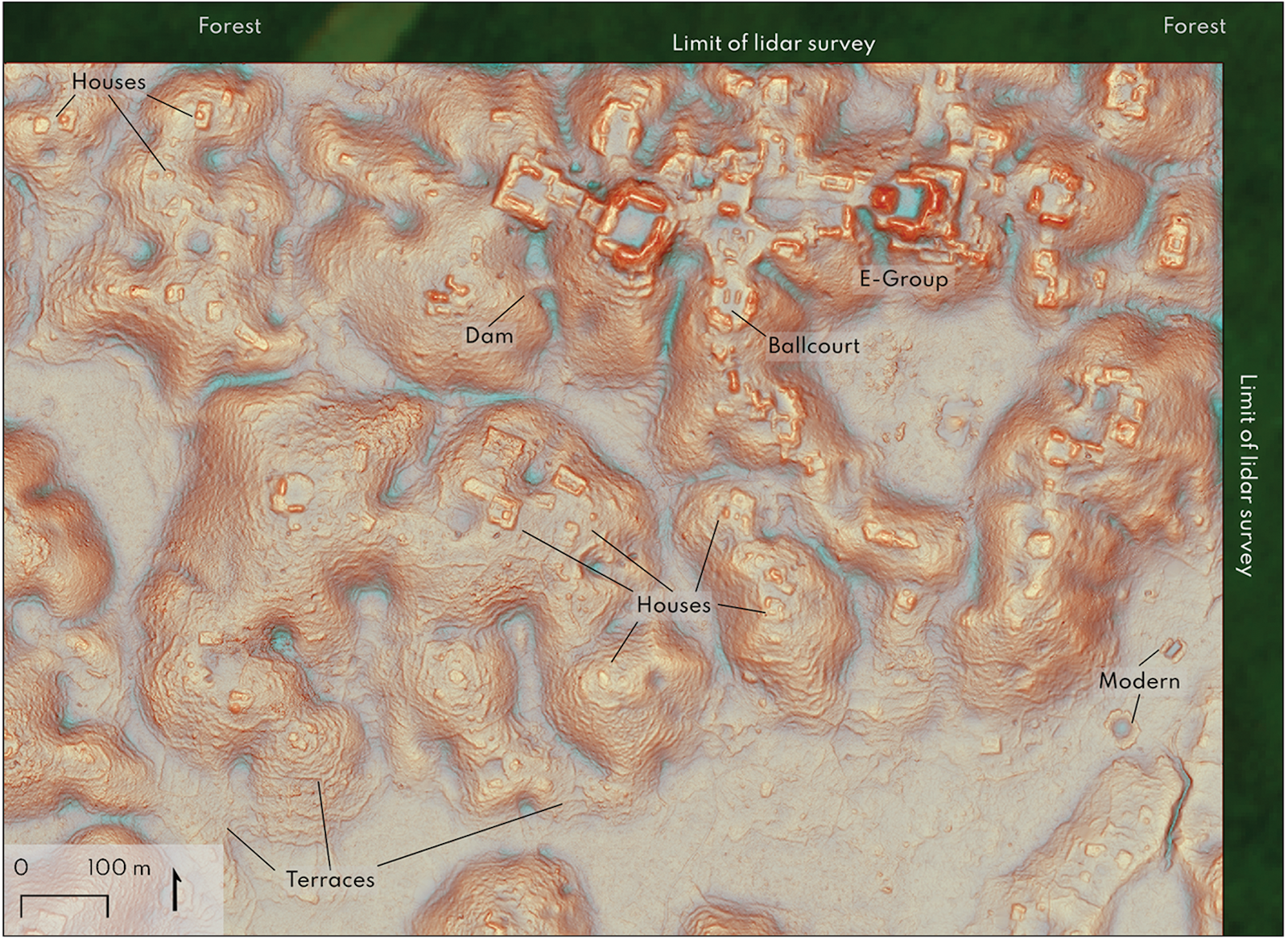
A LiDAR map of Valeriana (upper right). Ring-shaped and darker red marks on the scans indicate human-made materials. Photo: Journal of Antiquity/Luke Auld-Thomas et al
Despite the relatively recent end of the ancient Mayan civilizations (many modern-day Maya still live in Mexico and other parts of Central America) in archaeological terms, modern historians have yet to understand the full scale of their complex and advanced civilization. Ancient Mayan civilizations probably collapsed around 1000 CE, due to factors like internal conflict, drought, and other environmental pressures.
Currently, there are no official plans to excavate Valeriana. Archaeologists are still analyzing the site with labor- and time-intensive computer modeling. While further fieldwork and excavations could follow, such projects typically require substantial planning, funding, and logistical support, as working in dense jungle conditions creates additional complexities ranging from disease to deterioration to flooding and erosion issues.
Other Mayan sites near Valeriana
Campeche was a crucial part of the ancient Maya civilization, especially during the Classic Period. Archaeological research from known sites in the state show that the Maya engaged in complex urban planning, developed advanced agricultural techniques, and built sophisticated water-management systems. The three sites below are all at least partially unearthed and open to the public for travelers who want to learn more about Mexico’s ancient Mayan culture.
Calakmul

Photo: Iren Key/Shutterstock
Deep within the Calakmul Biosphere Reserve in Campeche is Calakmul, one of the most powerful Mayan cities during the Classic Period. It’s known for its massive pyramids, extensive stone monuments (called stelae), and remnants of royal homes. The most famous photos are akin to the one above, showing the multi-level pyramid rising out of lush green jungle. It’s one of the largest (and usually least crowded) ancient Mayan sites, making it a perfect destination for exploring untouched ruins. To visit, you’ll need to drive deep into the jungle (home to monkeys, jaguars, and various bird species). Because it’s far from tourist cities and a bit hard to find, it’s best to visit on an organized tour with a company like Ka’an Expeditions.
Edzná
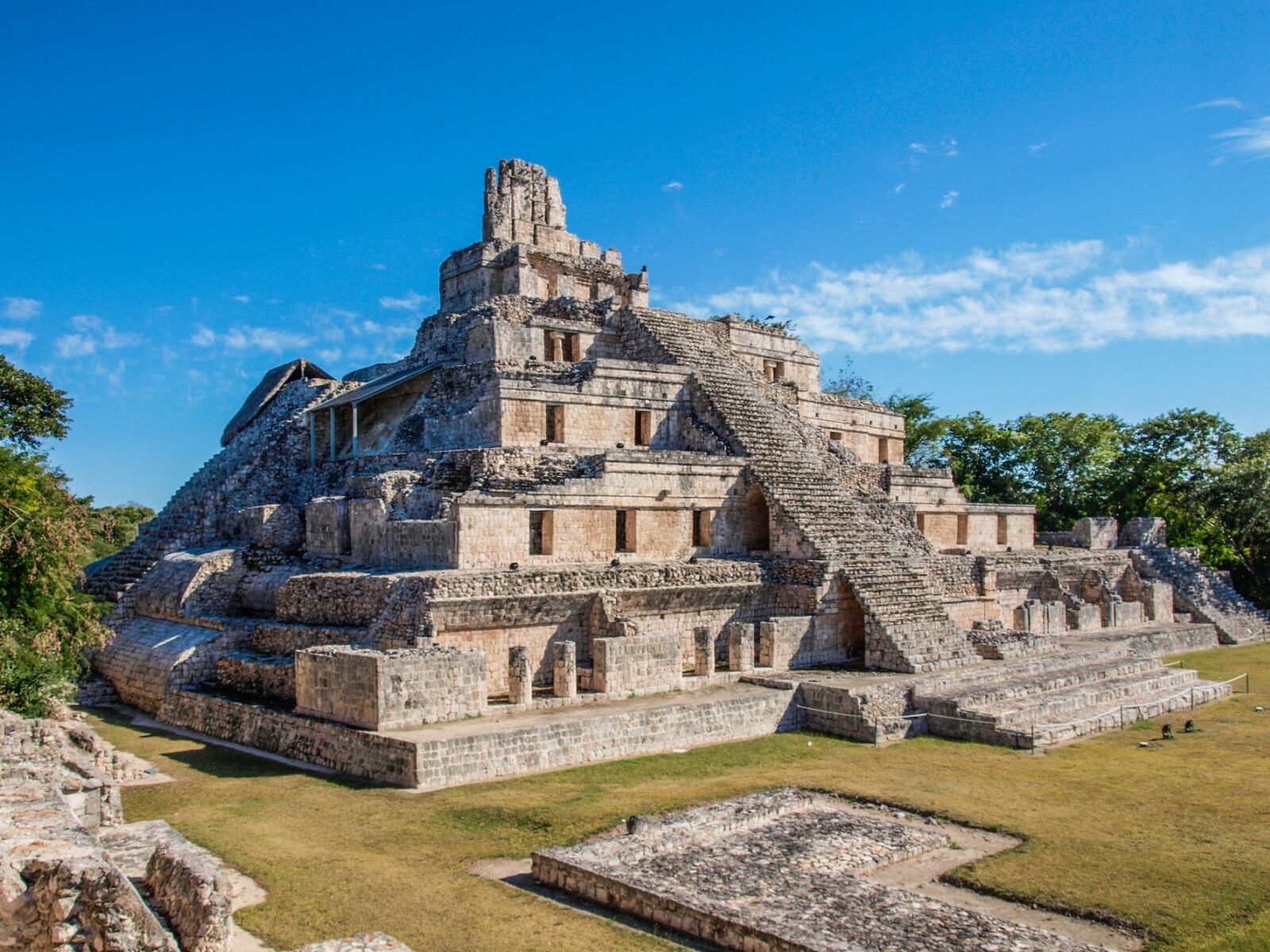
Photo: AventuraSur.photo/Shutterstock
Edzná was a significant ceremonial center, famous for its impressive five-level pyramid: the Edificio de los Cinco Pisos (“Building of the Five Stories,”) with panoramic views of the surrounding site. Edzná is also an outstanding example of Mayan engineering, with a complex water management system that includes canals and reservoirs. The site is well-preserved and less crowded than more famous ruins like Chichen Itza, making it an appealing stop for history enthusiasts. It’s about an hour by car from Campeche City, and you can visit on your own, take a guided tour, or usually, hire a guide on site.
Becán
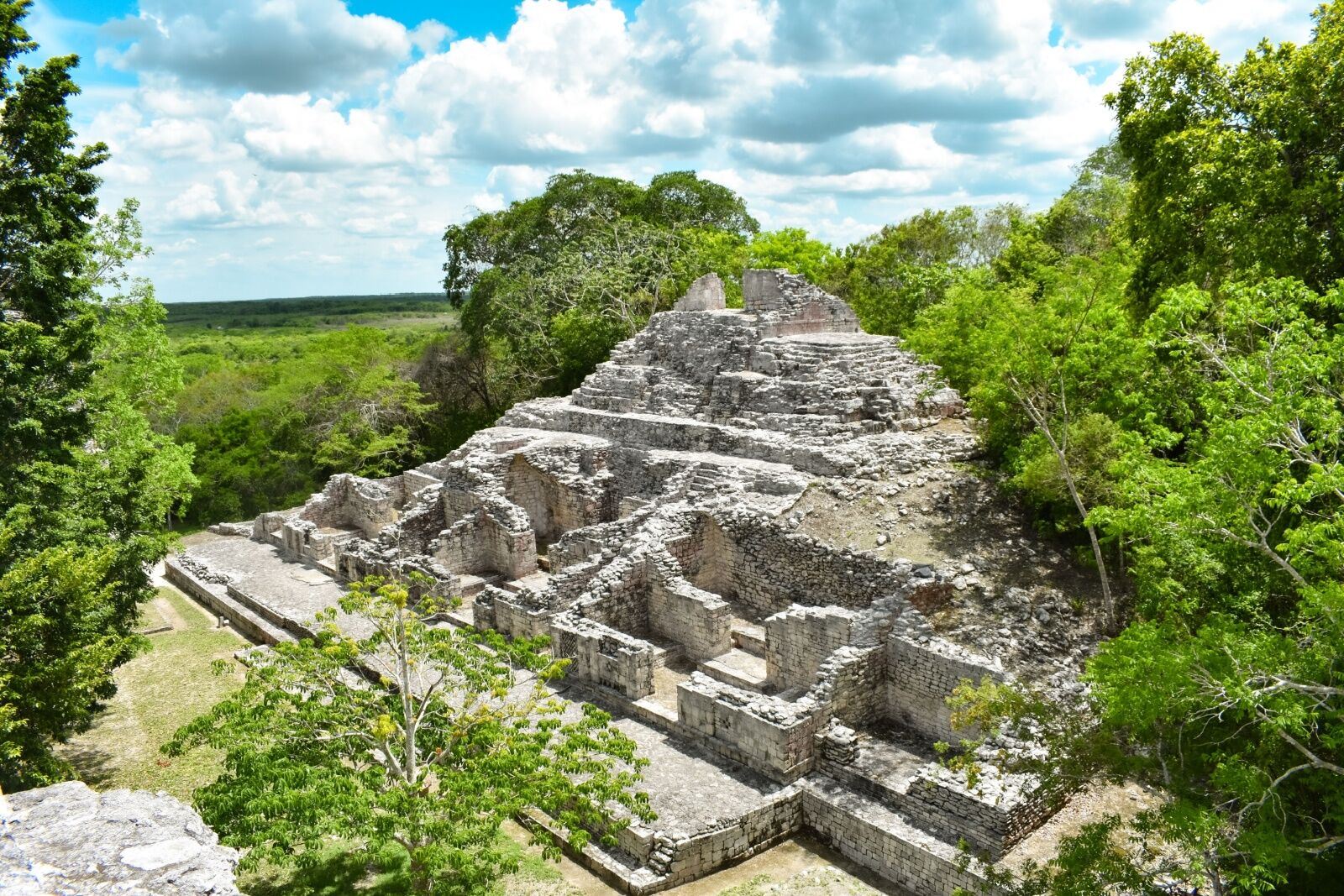
Photo: David Esser/Shutterstuck
Becán is an ancient city researchers think was active between 600 and 1200 CE. It has a defensive moat (something not common on Mayan cities) and structures that suggest it was used both as a place to live, and for ceremonial purposes. The site itself is quite large, though only a small portion of it has been excavated to date. It’s surrounded by jungle, but still easier to reach than Calakmul. Becán is about 10 miles from the town of Xpujil, which is about two hours by car from Chetumal.